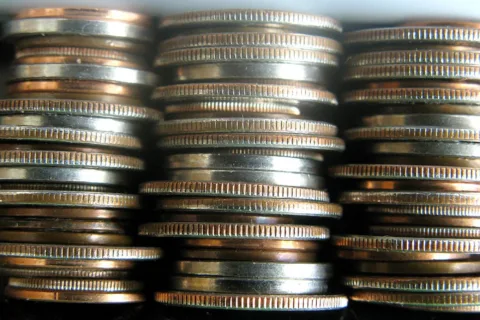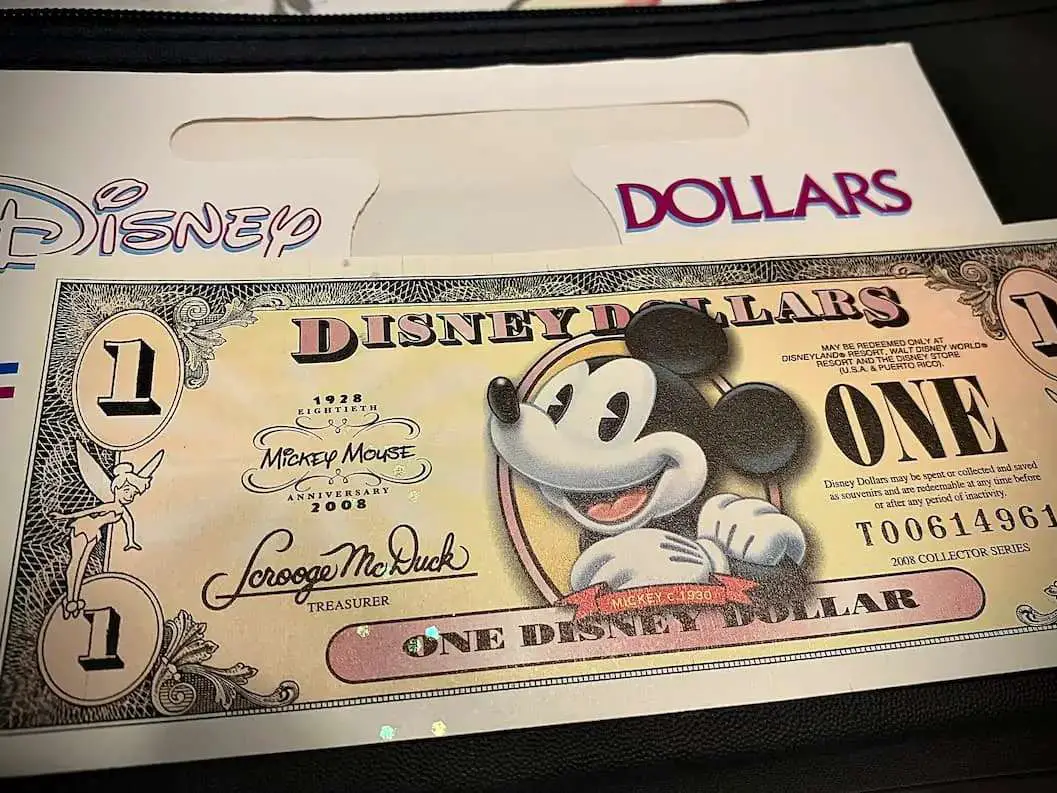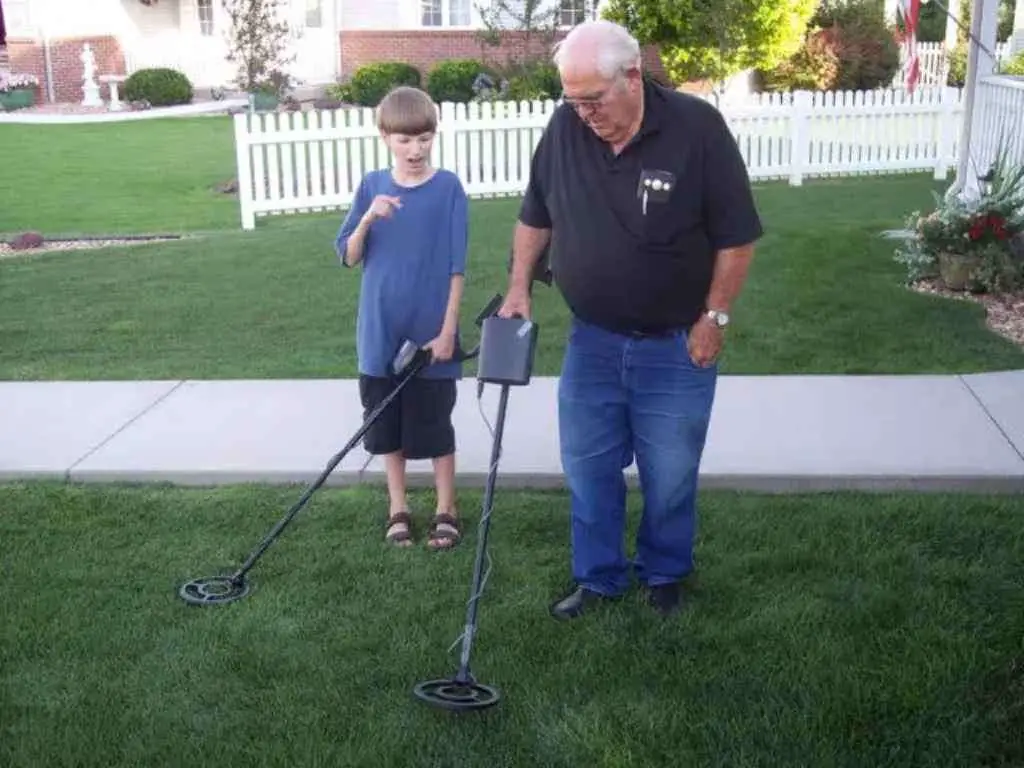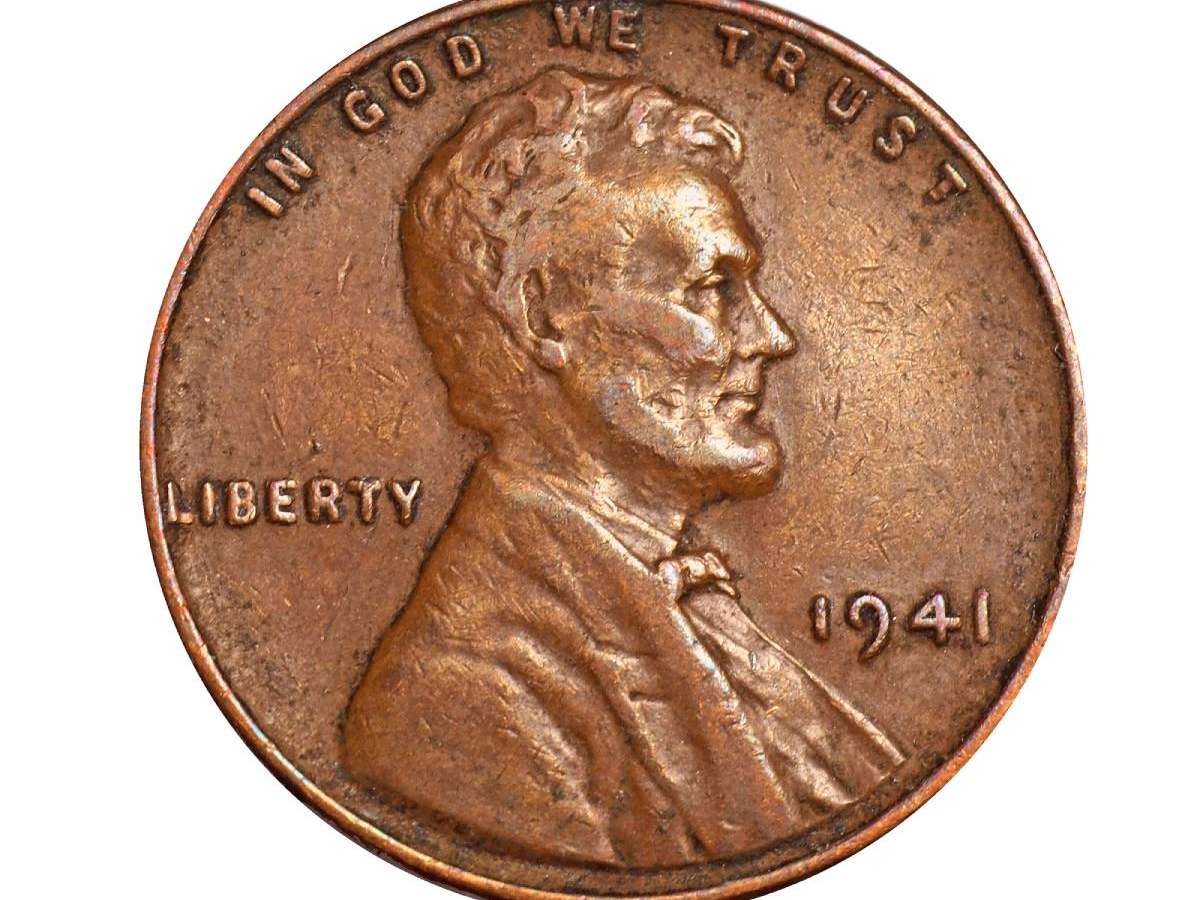
Have you noticed that some U.S. coins have ridges on their edges?
Why do some have these ridges (or reeds) on their sides, while other coins have smooth edges?
Turns out, there are many reasons why coins have ridges…
The History Behind Why Coins Have Ridges
The ridges (or edge reeds) on the sides of U.S. coins serve several important purposes.
Learn the difference between a coin’s edge vs. the rim of a coin.
Historically, one of the chief functions was to dissuade unscrupulous people from shaving the edges off coins that have precious-metal content. Of course, that was back in the day when circulating coins were made from silver and gold.
Back then, fraudsters would clip the edges off silver and gold coins — or shave bits off — in an attempt to steal some of the bullion metal for themselves and then pass the coin off at its face value.
If the coin was missing part of its reeded edge, it could be called out as a debased coin and even rejected by merchants.
In the United States, edge reeding was traditionally used on silver coins denominated from five cents and up, and all gold coins.
Ridges On Coins Also Prevent Counterfeiting
Reeds (or ridges) on the edges also make it more difficult for counterfeiters to copy coins.
Reeding is an intricate design element. So, it can trip up counterfeiters who either forget to add reeds on the edges of their counterfeit pieces or who don’t apply them in a way that correctly mimics the ridges on an authentic coin of the type they’re copying.
When it comes to coins, the more design elements that can be added, the harder it will be for counterfeiters to accurately copy the real coins to produce their fakes!
Other Reasons For Ridges On Coins

Most circulating coins are made from base metals these days — so there is relatively little incentive for anyone to shave the sides off coins for the sake of the metal value.
So, what use do ridges have on the sides of coins today, if the nation’s circulating coinage doesn’t contain precious metals anymore?
Easier To Identify By Touch
One of the most important functions of coin edge ridges these days is to make individual coins decipherable, or identifiable, by touch alone — something very essential for those who have vision impairments.
Reeding on the edges of dimes and quarters helps to make them easily discernible from pennies and nickels.
For example, you can literally feel the ridges on a small U.S. coin circulating today and know that it’s a dime. Ditto for telling apart the U.S. quarter (which is larger and has edge ridges) and the U.S. nickel (which is smaller and has no edge reeding).
Pennies and nickels are different enough in diameter that one can usually tell the two apart pretty readily, even though both coins have plain edges.
Easier To Insert Into Machines
Reeds serve yet another important function on circulating coins — these days, most especially dimes and quarters. The reeding makes it easier to grip the coins as they are inserted into vending machines, laundromat washers and dryers, etc.
Think about how you might hold a dime or quarter you’re about to put into a coin slot… Most of us grip the coin between the thumb and forefinger and then push it into the coin slot, often giving it a nudge on the edge as it rolls out of sight into the machine. The edge reeding makes it easier to grip these coins and place them into coin slots.
Now, bear in mind that dimes and quarters had reeded edges long before vending machines came along as we know them in the 1880s. But this is one of the most common ways in which reeded edges on coins come in practical use today.
How Are Coin Edge Ridges Made?
The design of a coin is struck onto a blank piece of metal, known as a planchet, by way of two dies (for the heads and tails, or obverse and reverse designs) that strike the design onto the coin at the same instant.
However, there’s a third side of a coin — and that’s the edge.
The edge is shaped upon strike by way of a retaining collar, which encircles the sides of the coin as the obverse and reverse is being struck. The retaining collar for coins with reeded edges (such as dimes and quarters) have the reeding details necessary.
So, when the planchet is sandwiched between the obverse and reverse dies, many tons of pressure squeeze the planchet’s metal into every nook and cranny of the dies and retaining collar, thus creating the reeding.
How Many Ridges Appear On Each Denomination Of U.S. Coins?
Have you ever tried counting how many reeds are on your coins and lost count?
I know the feeling!
The number of reeds on the different coins has changed over the years — but according to the United States Mint, here’s the number of reeds you’ll find on modern U.S. coins:
- Penny — Plain, 0 reeds
- Nickel — Plain, 0 reeds
- Dime — 118 reeds
- Quarter — 119 reeds
- Half dollar — 150 reeds
- Eisenhower dollar — 198 reeds
- Susan B. Anthony dollar — 133 reeds
- Golden dollar — Lettered edge, 0 reeds
How Much Are Error Coins With No Ridges / Smooth Edge Worth?
Have you come across a dime or quarter with no ridges or reeds and want to know its value?
Chances are, what you have is not an error but rather a heavily worn coin that has simply lost its reeds through extensive use — most likely in vending machines. Most dimes or quarters with smooth edges are worth just their face value.
However, there is a kind of error dime with a smooth edge and an error quarter with a smooth edge known as a broadstrike. This type of error coin is valuable!
Broadstrike error coins are usually thinner and wider than normal, and they don’t really have a formed rim.
- Clad Roosevelt dime broadstrikes are typically worth $10 to $20.
- Clad Washington quarter broadstrikes have a value of $20 to $30.
Some other no reeded edge / smooth edge coin errors can be worth a lot more money, but you’ve got to be on the lookout for them. The bottom line… Always check your change!
I’m the Coin Editor here at TheFunTimesGuide. My love for coins began when I was 11 years old. I primarily collect and study U.S. coins produced during the 20th century.
I’m a member of the American Numismatic Association (ANA) and the Numismatic Literary Guild (NLG) and have won multiple awards from the NLG for my work as a coin journalist. I’m also the editor at the Florida United Numismatists Club (FUN Topics magazine), and author of Images of America: The United States Mint in Philadelphia (a book that explores the colorful history of the Philadelphia Mint). I’ve contributed hundreds of articles for various coin publications including COINage, The Numismatist, Numismatic News, Coin Dealer Newsletter, Coin Values, and CoinWeek.
I’ve authored nearly 1,000 articles here at The Fun Times Guide to Coins (many of them with over 50K shares), and I welcome your coin questions in the comments below!





